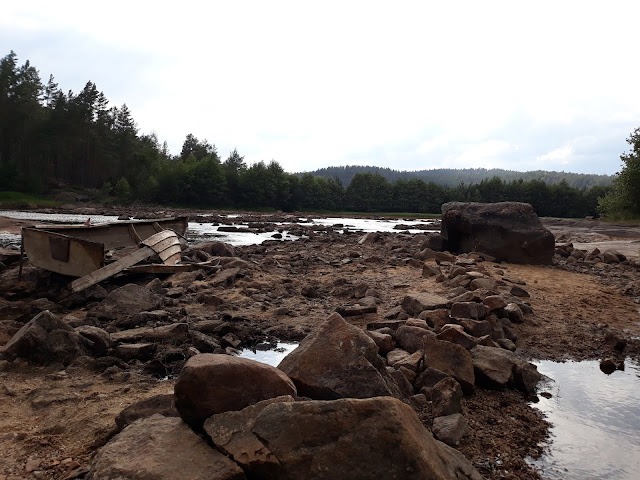Aggression rates in living species have been varying from kind to kind, breed to breed and location to location. The reason behind these differences in behavior has always been a curiosity amongst scientists and anthropologists. Wondering why some civilizations have lived more of aggressive behavior than others. These traits have not only been noticeable amongst humans but also animals. Since the drought has occurred in Europe animals have become more aggressive, especially noticeable by farmers livestock. Climate affects the behavior of both animals and people alike. Due to this year extreme temperatures it has become a more noticeable fact. The reason for this behavior is mainly the lack of fertile territory. Our instincts, which has made us survive for many millennia, tell us to provide us with our basic needs. Those needs are shelter, food and water.
 |
| https://exarc.net/issue-2015-4/mm/mesolithic-livingproject |
Shelter is possible to provide in most climates. But for shelter you would still need materials to build it. Different societies have created shelter in different ways throughout history. Some are more simplistic and basic, while others are more sophisticated and complicated. It would require us access to those materials in order to build a decent shelter that could provide safety from predators and nature in most circumstances. Looking at places where the most advanced buildings were built in areas, or territories, which provided with the easiest access to food and water. This gave the people more time to spend on developing more advanced shelters and societies.
Food and water is usually easiest to obtain in climates that are not so dry. There is a huge lack of arable land in desert areas. Climates that provided with higher humidity and warm temperatures are the easiest to find and cultivate food on. Also water is more accessible. Humans didn’t have to spend much time in looking for or cultivating food. Therefore the value of food was very low. In times when space was not limited to an owner, the only value was how much effort something cost to achieve. In areas with less arable land the value of food and water was much higher. Humans being mammals that like to live easily with others providing for them, they would always be looking for easier ways to obtain their needs. It’s a scavenging lifestyle.
Drought has led to a lack of food and basic needs in many cases. Therefore humans went out to create bigger territories. Bigger territories could only be achieved by making other people move aside for new groups of people. These were the first acts of aggressive behavior in human groups. These acts of aggression can be found back in our current and modern society. Crime rates are rising in warmer months. In Chicago the crime rates double in the summer time. The feeling of heat will put our instinct to the mode where we protect our food reservoirs and territories. That’s why crime rate is doubling in the summer periods. Not only in Chicago can this be seen but in places all over the planet. In Egypt the crime rate goes also noticeably higher in summer months. Some people say crime goes up in the months of tourism, yet in places where tourism is higher in winter months it’s still the summer months that prevail in most crime. England for example, the rates shoot up in the sky with 50% higher in summer months. That’s also a big difference. El Salvador has a different crime rate depending on which season. It averages at 188 crimes a month in rainy season and 411 crimes a month in dry season.
Hereby we can say that crime, which is often an act of aggression or disrespect against fellow citizen, is more often provoked by dryer climates. Norway has one of the lowest crime rates in Europe. But is also one of the rainiest places in Europe. This year Norway was hit with a heatwave throughout the summer, and aggression went straight up. Even farmers could notice amongst their livestock that they were more aggressive while being on dry pastures; especially noticeable amongst hogs and poultry.
Human behavior habits can be linked directly back to the cultural ability of survival. Depending on climate, water and food availability, population density and other factors affecting the struggle of survival. Areas with easier survival made less aggressive cultures and lifestyles. In places with a higher struggle of life created a higher aggression rate as an effective way of making societies survive.








Comments
Post a Comment